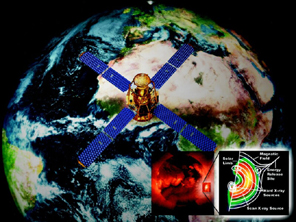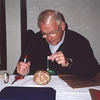This image shows an artist's rendition of the HESSI spacecraft with the Earth in the background. The lower left image shows a picture of the Sun taken by the Yohkoh satellite. The lower right image or inset shows an enlargement of a solar flare taken in the x-ray segment of light.
Click on image for full size
Courtesy of NASA
HESSI is Off!
News story originally written on February 6, 2002
HESSI had a hard time getting off the ground! First the probe was damaged in ground vibration testing and had to be repaired. Then there were
problems with HESSI's launch vehicle.
But HESSI was launched successfully at 4 p.m. EST on February 5, aboard a Pegasus XL rocket. Early signs indicate that the mission is proceeding as planned. Scientists are really looking forward to the insight HESSI will bring to the study of
space weather.
HESSI stands for High Energy Solar Spectroscopic Imager. HESSI stands to provide data that would help scientists make great strides in understanding solar flares. HESSI will study where flares occur on the Sun, how flares accelerate particles and what happens to a flare over the course of the flare's lifetime. HESSI will be the first mission to view these solar events in the x-ray and gamma ray segments of the electromagnetic spectrum. HESSI will work in coordination with the SOHO, TRACE, GOES, and ACE satellites to provide scientists with observations about the Sun, solar activity and the Sun's effect on Earth.
HESSI is NASA's newest solar science mission. The total cost of the HESSI mission is $85 million. This includes the spacecraft, launch vehicles, mission operations and data analysis.
You might also be interested in:
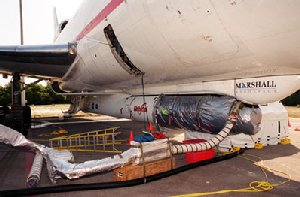
The launch of solar satellite HESSI has been postponed indefinitely! When the Pegasus rocket designed to boost the X-34A hypersonic vehicle went out of control on June 2nd and had to be blown up, NASA
...more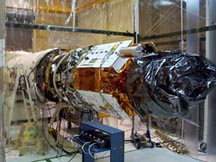
The TRACE spacecraft was launched April 1st at 9:42 p.m. EST from the central California coast. TRACE stands for Transition Region and Coronal Explorer. TRACE will operate in polar orbit about 400 miles
...more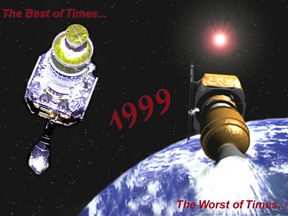
It was another exciting and frustrating year for the space science program. It seemed that every step forward led to one backwards. Either way, NASA led the way to a great century of discovery. Unfortunately,
...more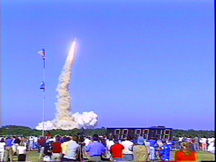
The Space Shuttle Discovery lifted off from Kennedy Space Center at 2:19 p.m. EST, October 29th. The sky was clear and the weather was great as Discovery took 8 1/2 minutes to reach orbit for the Unitied
...more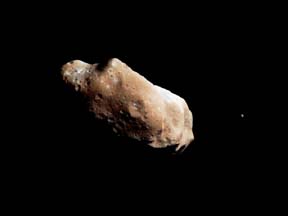
A moon was discovered orbiting the asteroid, Eugenia. This is only the second time in history that a satellite has been seen circling an asteroid. A special mirror allowed scientists to find the moon
...more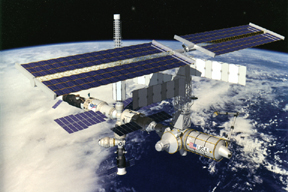
Will Russia ever put the service module for the International Space Station in space? NASA officials are demanding an answer from the Russian government. The necessary service module is currently waiting
...more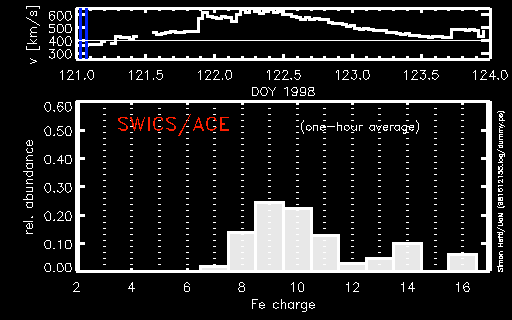
During a period of about two days in early May, 1998, the ACE spacecraft was immersed in plasma associated with a coronal mass ejection (CME). The SWICS instrument on ACE, which determines unambiguously
...more


